The Longji Rice Terraces – a land of beautiful nature and long preserved traditions
The second morning in Guilin our daypack was fully loaded for the next day trip that we planned, the Longji Rice Terraces, situated north from Guilin. A local bus brought us to the Hong Kong hotel, from where a direct bus was leaving for the Longji (Dragon’s Back) rice terraces in Longsheng County, some of the biggest and most spectacular in the world.
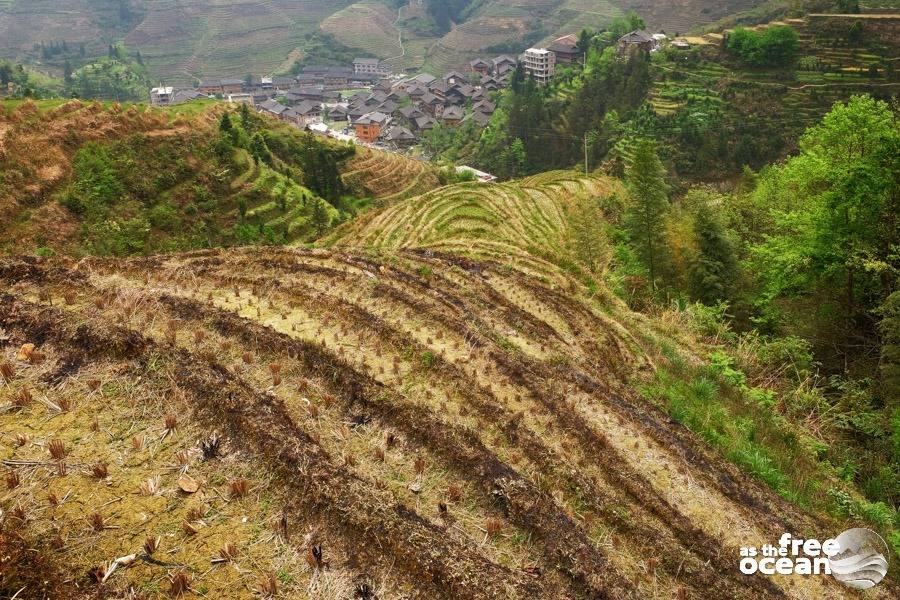
The Longji Rice Terraces refers to several village areas, the most popular being the ones around Ping’an Village, where the Zhuang minority people live, and the ones in the Jinkeng area, home to the Red Yao. Their construction started in 1271 under the Yuan Dynasty and was completed under the early Qing Dynasty (1644-1911). There is no best season to visit the terraces, but more a matter of choice. You can visit in spring when the water is irrigated into the fields, making the terraces look like great chains hanging on the hillsides. Summer offers beautiful waves of green on the mountainside, while autumn, the harvest time, brings more diversity of colors. Winter is cold, but the landscape is still spectacular and can be a better option for those who want to enjoy the terraces in the absence of the crowds of tourists.
The Ping’an Terraced Fields are larger and offer more alternatives to hike to different viewpoints, including a cable car to the Golden Buddha peak, from where visitors can get the best view over the region. We hiked for more than one hour to reach the peak and after climbed down slowly on different paths through small villages. We suggest spending at least 3 hours for discovering the surroundings.
The people living here, The Zhuang and the Yao nationalities, are part of a particular community that follows ancient traditions. The Zhuang people form the majority and are well known for their hospitality. They wear unique and colorful costumes and frequently celebrate life with songs and dances during different traditional festivals. Tourists in the area can join their celebration if they want to experience the original Zhuang life and culture and even stay with local families while tasting the local food and drinking Longji tea or the Longji wine.
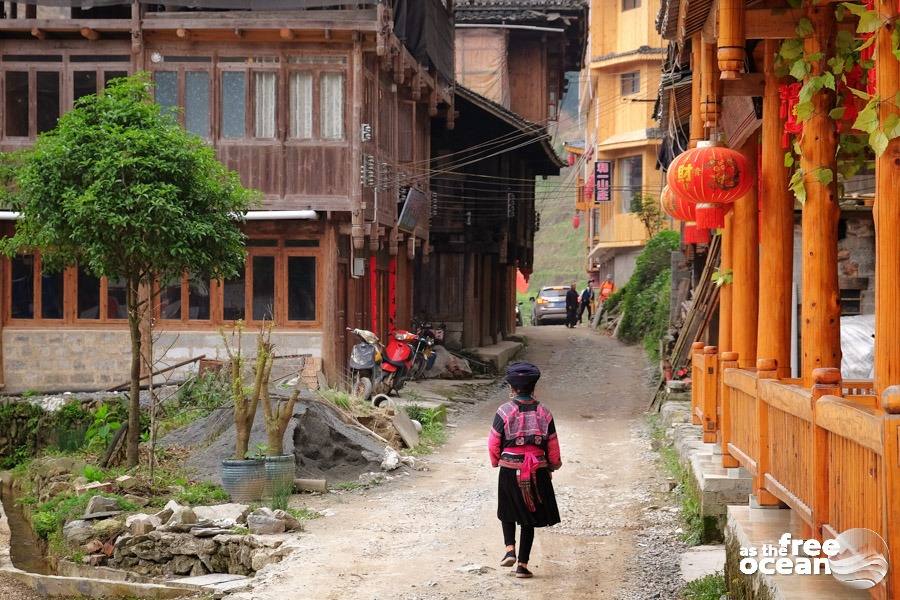
Four hours later after the arrival at the rice terraces, we took the bus back to Guilin and used the remaining time to explore the city. Guilin itself offers entertainment to tourists with its many colorful lights, the beautiful pagodas and the Elephant Trunk, the city’s most important and most symbolic attraction.
After dinner and a cold beer back at the hostel, it was time again to pack our luggage for our long trip to Zhangjiajie.
Click here for more pictures of our time in Guilin.

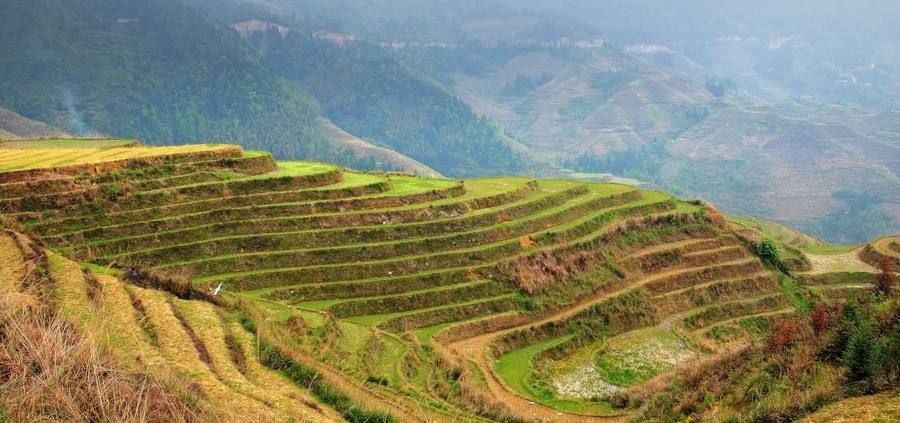

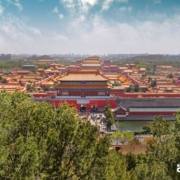
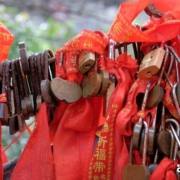
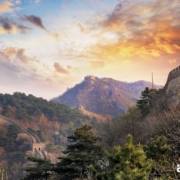
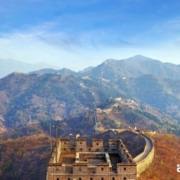
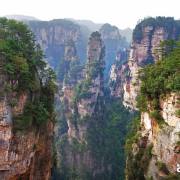


Leave a Reply
Want to join the discussion?Feel free to contribute!